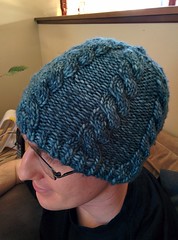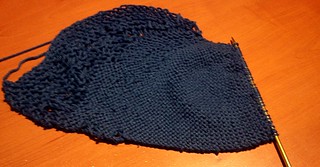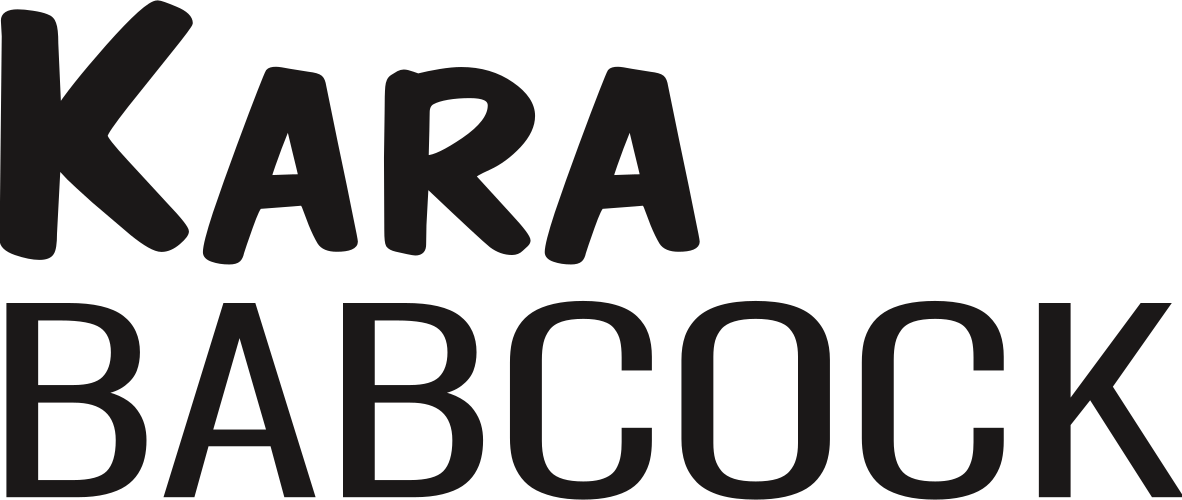Exploring Self and Identity Through Short Stories
I have two book reviews I really should be writing instead, and some planning to finish, because I’m off tomorrow afternoon to Sudbury (of all places) for a two-day workshop. So of course I’m blogging instead!
In the previous session (March to April) at the adult education centre, I taught a Grade 11 workplace math course (MEL3E). I’ve taught this course several times now, and I didn’t bring much new to the table content wise (although I like the tweaks I made to the culminating activity). However, now that my board is getting on board with Office 365 and I had access to a classroom cart of iPads, I, along with a few other teachers, investigated the possibility of using Microsoft OneNote’s Classroom Notebook. That experience in and of itself is worthy of more blogging, but that’s not what I want to talk about today.
Last week we started a new session (May to June), and I’m back at the Aboriginal Student Advancement Program (ASAP), teaching adult aboriginal students Grade 11 college English (ENG3C) and a Native Studies English literature course, Contemporary Aboriginal Voices (NBE3C) as a split class. As you might expect, this means a lot of content from Indigenous writers. I haven’t taught ENG3C before—it is roughly similar to ENG4C, but because I wanted to structure it around Indigenous authors I wanted to come up with a fresh approach.
The first few days were rocky, partly because I was still trying to figure things out, and partly because I’m always nervous with a new group of students. However, by the last two days of last week, I think we hit our stride.
This first unit is all about self-identity. I want to finish the course with a unit discussing the relationship between Indigenous peoples and wider Canadian society (and government); to do that, I feel like we should first ground ourselves in … well, ourselves. My students are all adults with a variety of life experiences, although at some point, they obviously didn’t manage to finish high school. This unit gives them a chance to reflect on what has come before, while we work on writing skills that they need for the course and for college afterwards.


First we talked about growth mindset and failure, because failure is an important part of the learning process. I showed them some pictures of my very first knitting project, compared to what I can do now, hopefully illustrating that innate talent is not the sole arbiter of success: perseverance and grit matter too. Then I asked the students to write for me about a time they experienced failure—this also gave me a baseline sample of their writing. Then it was on to talking about short stories.
We started by reading the excellent “#TrainFightTuesday”, by Vanessa Torline. I first read this in the Women Destroy Science Fiction issue of Lightspeed, and it has captivated me ever since. I love the unconventional structure of the Twitter-like narrative. Also, I like stories about superheroes, and Torline does an excellent job of worldbulding in this without dropping too much exposition. Plus, the twist at the end is excellent. (Go ahead and read it right now—it’s short.)
I hadn’t originally planned to start with this—I wanted to do a more conventional story first, then use this for counterpoint—but that story was in an anthology locked away in a cabinet I couldn’t open. So it goes! So we read and discussed the elements of short stories using this as an example. I like showing students something that is recognizably social media to them and highlighting the storytelling properties of that medium.

Eventually I did get access to our copies of Born With a Tooth, and it was off to the races with some of Joseph Boyden’s stories. First up: “Legless Joe versus Black Robe,” which features an alcoholic Cree man squaring off against the White reserve priest over funeral ceremonies for the man’s niece, who committed suicide while away at college. These are very deep and real motifs for my students, and they commented on that right away. We had a good discussion about the story, about how Boyden represents the characters, and why it’s important to read fiction that might make us uncomfortable or remind us of traumatic events. One thing I really appreciate about “Legless Joe” is that the underlying story has tragedy, but the ending dangles possibility of redemption.
To tie this into the wider unit topic of self-identity, this story is the first companion to a series of journal entries the students will have to write. Each entry examines a different facet of identity. This first entry is about family. We spent a lot of time discussing characterization and how Legless Joe relates to members of his family, so now I’m expecting the students to talk about how their family has shaped their identities. I am looking forward to seeing what they write about!
This week, we’re reading “God’s Children,” a companion short story from Boyden that retells many of the same events from the perspective of the priest. We’ll look at beliefs, values, and talk more explicitly about racism and isolation. While I’m away, the class is going to read two poems by Indigenous authors and talk about environment and our connection to the land. It will be interesting to see what they talk to me about when I come back on Friday—but that’s for the next blog post.
I’m very excited about this class, because I am taking a lot of risks and trying hard to come up with activities that are relevant and empowering for students while also realistically helping them ready for life after they finally get that high school diploma. I would like to get back into the habit of blogging, and into the habit of blogging about my teaching, so here we go.

